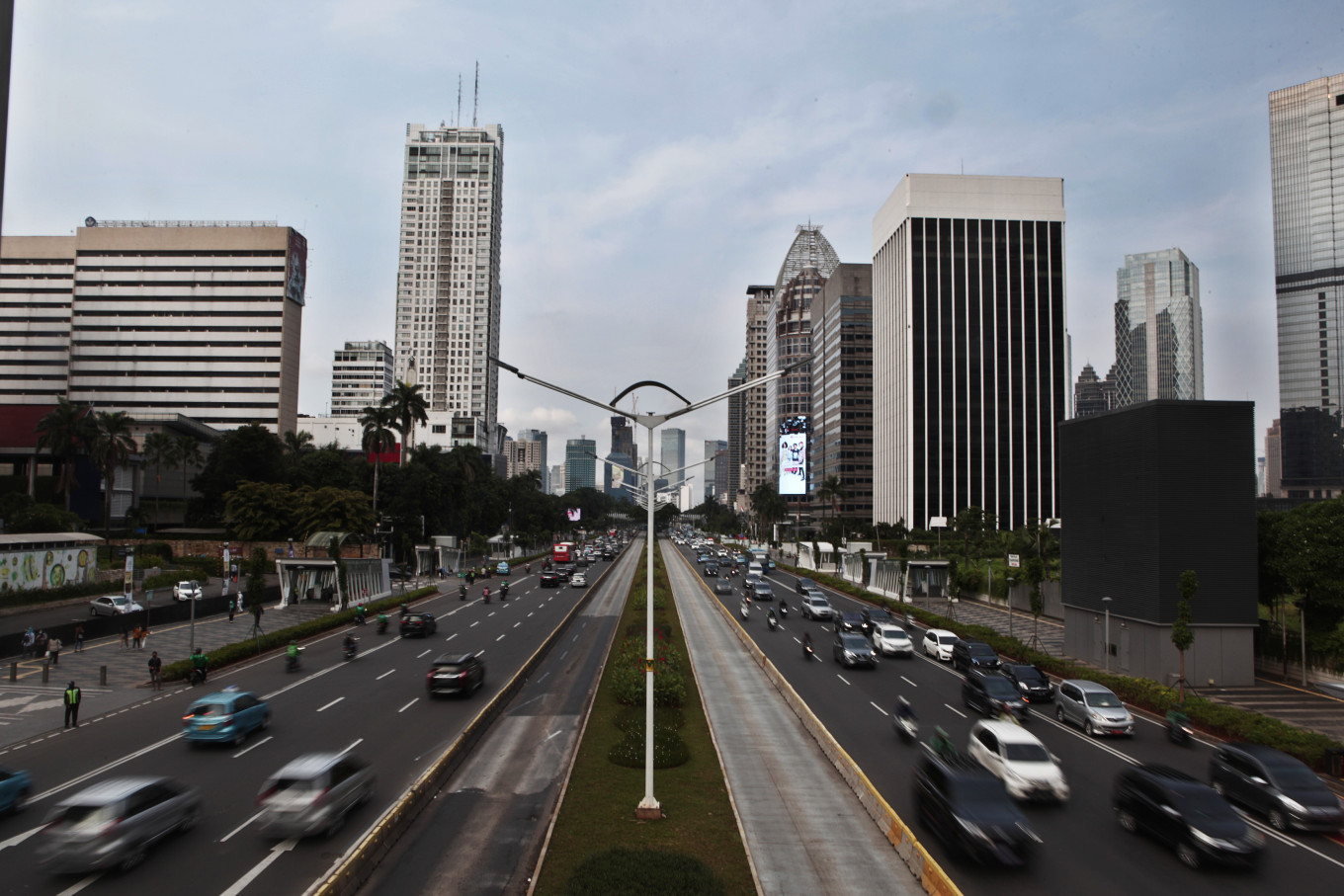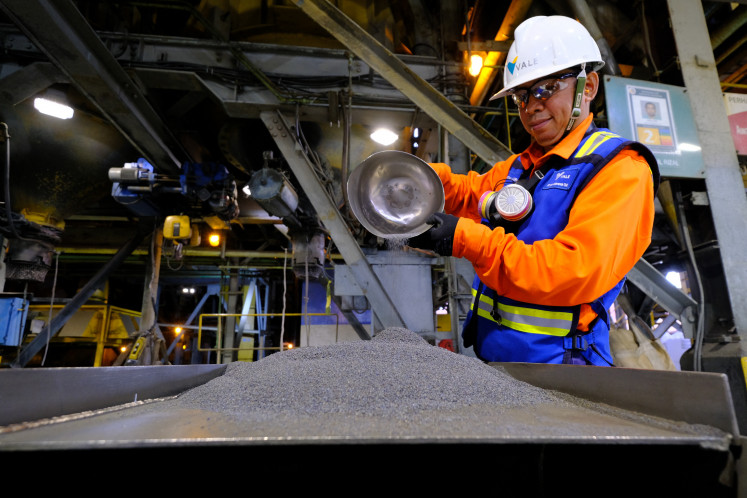Popular Reads
Top Results
Can't find what you're looking for?
View all search resultsPopular Reads
Top Results
Can't find what you're looking for?
View all search resultsAre school closures, work-from-home policies cost-effective for pandemic?
So far in the COVID-19 pandemic, much fewer children have been affected compared to adults, which may lead to school closures being less cost-effective than in an influenza pandemic.
Change text size
Gift Premium Articles
to Anyone
A
s part of mitigation strategies during the COVID-19 pandemic, the World Health Organization strongly urges social distancing. School closures and work-from-home policies are considered front-line pandemic mitigation strategies to control the spread of the novel coronavirus and to reduce illness and death rates.
As Southeast Asia’s most populous country, Indonesia has reported the highest increase in the number of infections and deaths from COVID-19, mostly in the capital. The Jakarta administration decided to close all schools in the region starting March 16. At the repeated urging of President Joko “Jokowi” Widodo and regional leaders, several institutions, workplaces and companies have implemented remote working. These policies will be reviewed by end of March.
However, the stakeholders will find it difficult to make a comprehensive review of these policies as the impact of such closures remains unclear. At least we can learn from experiences of recent influenza pandemics.
A study by David JD Earn and colleagues highlighted that school closure reduced the total number of cases of the swine flu (H1N1) pandemic by 28-52 percent in Alberta, Canada in 2009. In addition, routine school holidays prevented 16-18 percent of avian flu (H5N1) cases in France in 2008. The experience of the H1N1 pandemic in the United Kingdom in 2009 also illustrated that school holidays could reduce the number of cases. Given the assumed reduction in contact, implementing school closure and work-from-home policy in a pandemic is highly favorable.
Read also: Social distancing: What it is and why it's the best tool we have to fight the coronavirus
In general, long periods of closures can result in the greatest reductions in terms of peak and cumulative rates of infection. The optimum timing of school closure will depend on its duration, although very late closures are consistently found to be relatively ineffective.
In particular, the cost of school closure and productivity loss due to work-from-home were confirmed to be the largest contributions to the total influenza pandemic cost. The cost of school closure for some 12 weeks (in tuition and parents’ productivity loss) for mitigating avian flu in UK in 2008 was estimated to be 0.2–1 percent of GDP. Meanwhile, a study on cost-effective strategies for mitigating swine flu in Australia in 2009 mentioned that the largest contribution to the total pandemic cost was found to be due to productivity losses, which arise from illness and policy interventions.
In contrast with the current COVID-19 pandemic, the predicted effects of school closure during earlier influenza pandemics were expected to have the greatest benefit in reducing infection among children. So far, in the COVID-19 pandemic, much fewer children have been affected compared to adults, which may lead to school closures being less cost-effective than in an influenza pandemic. However experts say children remain potential carriers of the virus.
Therefore, productivity loss is certainly high, yet school closure and the work-from-home policy could reduce infections and deaths.
To conclude, the slowing of the ongoing pandemic and delay in the peak, which may result from school closure and the work-from-home policy, mean that such interventions are likely a cost-effective short-term measure – to at least limit transmission while a specific vaccine or drug is being developed.
***
Health economist at the pharmacology and clinical pharmacy department, School of Pharmacy, Padjadjaran University, Bandung.










